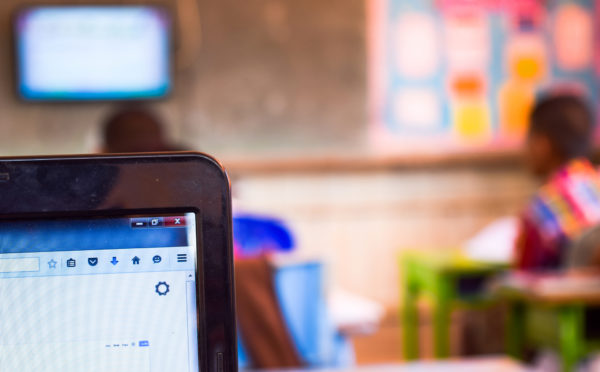Back-to-school is getting closer and closer, and as it approaches, stakeholders and ed-tech vendors are working to create research and products that identify educational needs and truly improve teaching and learning in the classroom.
But what does it take to improve learning for all student populations, support positive school environments, and ensure school leaders at all levels are equipped with the skills and tools they need to maintain successful learning environments? The short answer: It takes a lot, but companies and researchers are up to the challenge.
Below, we’ve gathered some of the latest and most relevant marketplace news to keep you up-to-date on product developments, teaching and learning initiatives, and new trends in education.
In Illinois, a new report from the Illinois Education Research Council [1] examines the state’s principal preparation programs and notes that policies associated with the programs strengthened partnerships between schools to help ensure that principal preparation reflects the needs of local schools. The new programs also have increased training for leading special student populations, including students with disabilities, English language learners and early childhood students. New programs that can produce school leaders who are more capable of improving schools and raising student achievement are essential to school districts across the country. Read more [2].
When it comes to ed-tech software, customization may be key in ensuring teaching and learning success, according to research from the Clayton Christensen Institute [3]. The research followed a charter school management organization that co-designed technology with the nonprofit company Gooru [4]. What resulted was much more than a standard partnership, researchers said, and because the two organizations shared a common goal of creating a positive impact through their efforts, they saw increased success. Author Thomas Arnett, an education researcher at the Institute, noted that “if you align your funding with impact, you are better positioned to design systems that support teacher-led instruction.” Read more [5].
Communication is key in classrooms, and recent 21st century initiatives describe the importance of students understanding the reasoning of others and engaging in meaningful conversations using critical thinking. Stanford University’s Graduate School of Education [6] has launched a short online course designed specifically to help educators create rich and meaningful opportunities for communication within the classroom. The course, Effective Conversation in the Classroom, launches in August with three online sessions. K-12 classroom instructors, instructional coaches, and educational administrators are invited to enroll. Each session includes expert video screencasts, classroom video clips, readings and resources, and assignments that will help participants create a strong foundation of communication within the classroom. Read more [7].
The need for high-speed broadband internet in every classroom in the U.S. has been trumpeted by politicians, policy makers, and ed-tech stakeholders in recent years. Now, a new plan from The Schools, Health & Libraries Broadband Coalition [8] advocates for gigabit broadband’s arrival in schools through the Grow2Gig+ initiative. The initiative is a campaign designed to help bring gigabit speed-and-beyond networks to all anchor institutions, including schools, in the U.S. by 2020. Read more [9].
Ensuring the success of all student populations remains a top focus for states as they move into the next school year. The Arizona Department of Education [10], along with the Arizona State Board of Education [11], has embarked on a two-year pilot program with Scientific Learning Corp. [12] that would use a technology-based language development and literacy program to English language learners (ELLs) in grades K-6.Approximately 70,000 of Arizona’s K-12 students are ELLs. On the 2015 AzMERIT statewide benchmark exam, only 2 percent of ELLs passed the language arts section, and 6 percent passed the math section of the exam. Read more [13].
Being observed in the classroom can be a nerve-wracking experience for teachers, but when observations paint a fair, accurate picture of teachers’ strengths and areas of need, they can play a crucial role in their professional growth. Forgetting to take all variables into account, though, can harm teachers [14]. To make the observation experience easy and efficient for both observers and teachers, Performance Matters [15] has launched Truenorthlogic Observation [16], designed as an online solution for conducting classroom observations, collecting evidence and sharing feedback. Read more [17].
